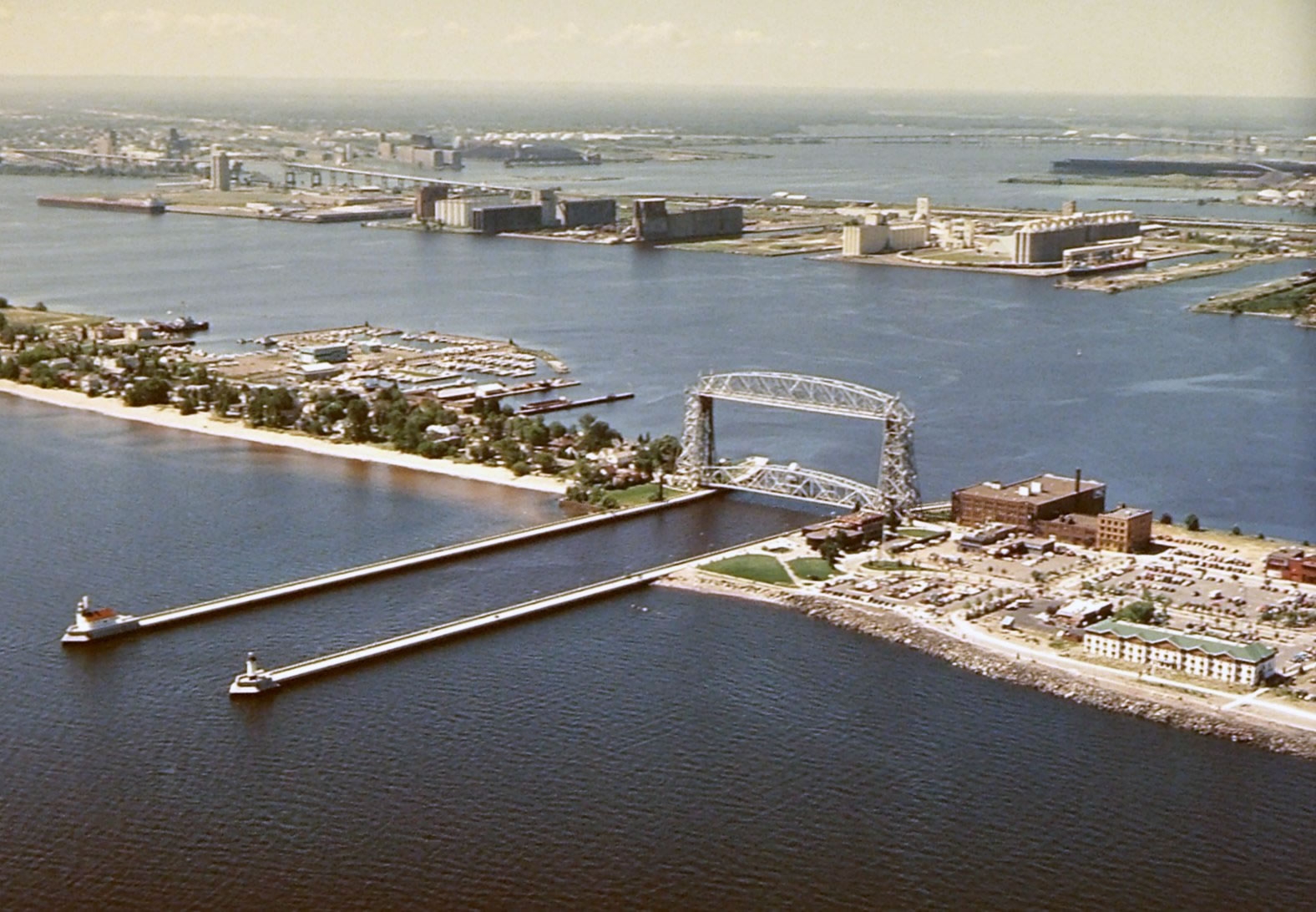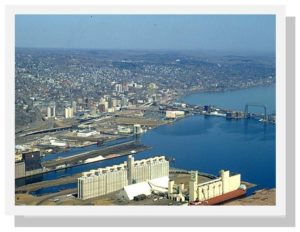As the Metropolitan Planning Organization (MPO) for this area, it’s our job to work with local jurisdictions to identify, plan for and program how federal transportation funds get used in the region. We’re already working to line up funding for construction projects that won’t begin until 2017.
transportation funds get used in the region. We’re already working to line up funding for construction projects that won’t begin until 2017.
Those funds, not surprisingly, have become a lot more scarce.
Last year, as part of developing the TIP, (Transportation Improvement Program), a document that allows Duluth Area communities to use federal transportation dollars, we were talking about divvying up about $7.5 million in federal highway transportation funds for local roadway projects throughout Northeast Minnesota.
This year, the funding allocation for the same area is about $5 million. Of that amount, $2.1 will go for projects to improve roads and transit services throughout Duluth, Hermantown and Proctor.
Spending to Meet Performance Goals
So, working within the “new normal” of funding restraints, it’s more important than ever to decide on projects that will fix critical maintenance needs. (Not to mention, new construction is pretty much off the table). These federal dollars do have strings attached: they need to be spent on projects that will meet performance goals, i.e., to improve safety and traffic flow, in measurable ways.
Every year, jurisdictions in the Duluth metro (the Cities of Duluth and Hermantown as well as St. Louis County) tell us which projects they’d like to use federal funds for and we work with our Technical Advisory Committee (TAC) and Policy Board to decide which ones are the most important.
We Want to Hear from You
Transportation projects are public facilities and services funded with taxpayer dollars, and therefore local citizens have a right to weigh in on such decisions, along with the planners, engineers and elected officials.
This year, the following transportation projects are being proposed by the City of Duluth, St. Louis County and the Duluth Transit Authority for our area:
- Mesaba Ave Repairs – Concrete and joint repairs from Central Entrance to I-35 and repairs to bridges over Superior Street and 2nd Ave West
- East 4th Street Repairs – Mill & overlay, safety improvements and ADA improvements (pedestrian ramps) from 6th Avenue East to Wallace Avenue
- DTA STRIDE Buses – Purchase of three STRIDE replacement buses to maintain existing fleet to safety, comfort, and efficiency standards
Do you have any opinions
…about the importance of these proposed projects to our area?
Talk to Us – Online, In Person or by Phone:
- Make a comment, below, or
- Stop by our office at 221 West First Street, ARDC entrance on the Skywalk level, or
- Call me with questions or comments–Robert Herling at (218) 529-7573.
Although it’s only March 2013, NOW is the time to give us your input on these proposed projects before funding decisions are made for 2017.






